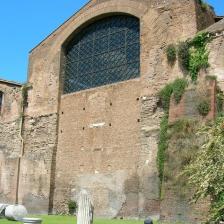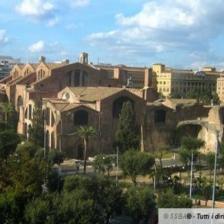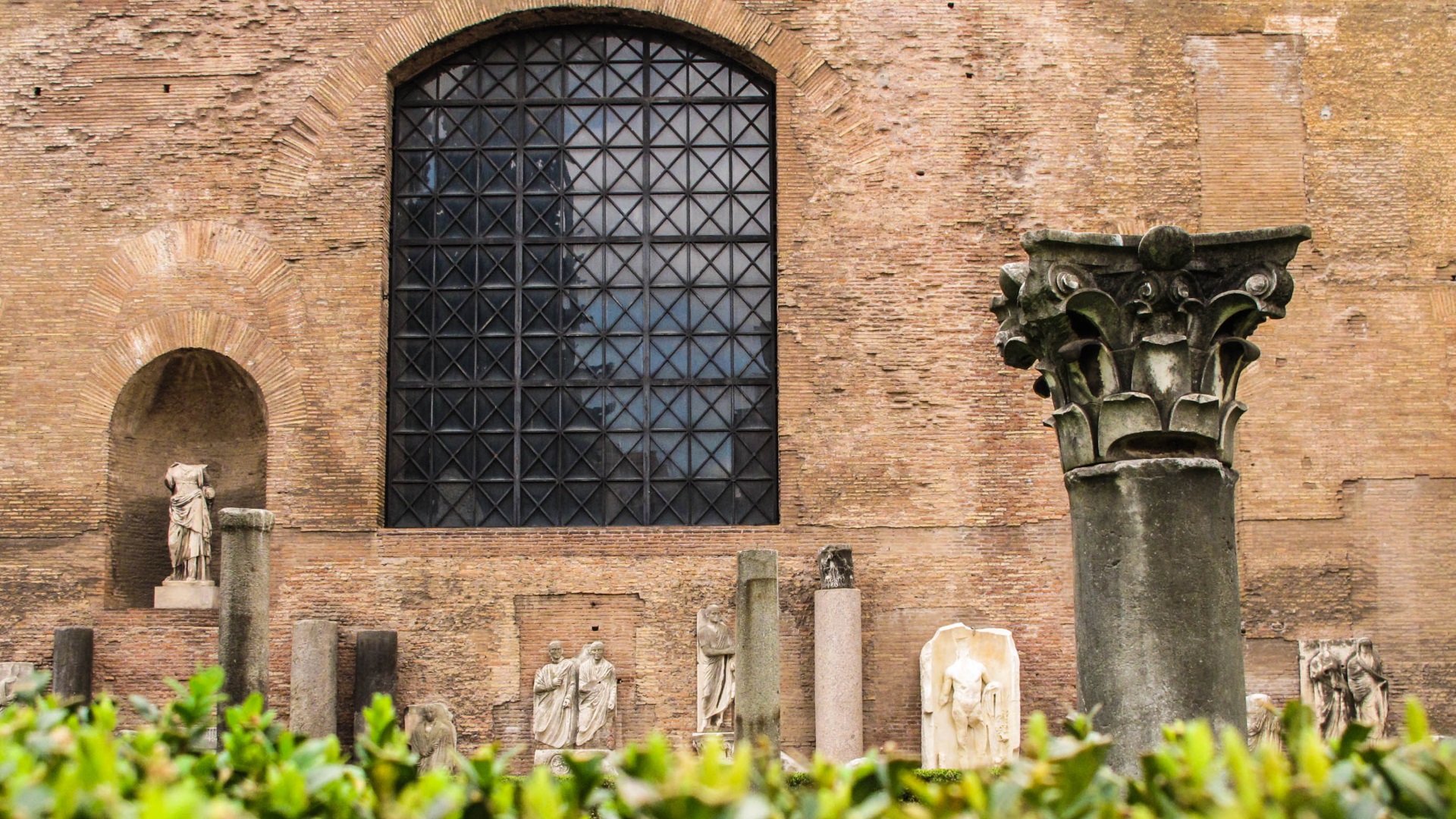
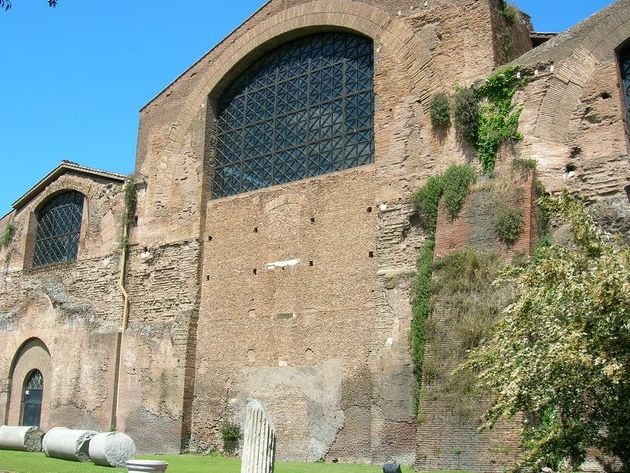
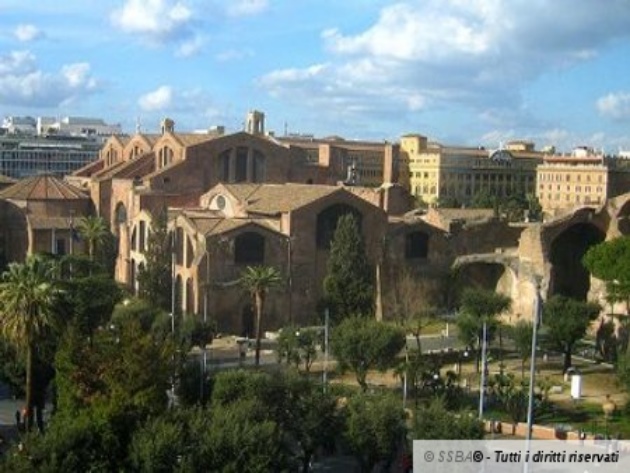
Established in 1889 to house the antiquities of Rome, the National Roman Museum preserves the most important archaeological collection in the world. The collection of the Museum is divided into different exhibition venues. It presents the materials divided by contexts of origin and nature: Palazzo Massimo alle Terme, Palazzo Altemps, Crypta Balbi, and Terme di Diocleziano.
Since 1889, part of the most impressive baths complex in Rome, it occupied a large area between the current Via Torino, Via Volturno, Piazza dei Cinquecento, Via XX Settembre, and is home to the section of Roman antiquities.
The redefined staging of the works of art that occupy the four ambulatories allows optimal use of the sculptures. The finds, essentially from fortuitous discoveries in various locations in the urban area and suburbs, are placed according to the conventional topographical criterion: inside the Servian walls, consular roads, Tiber, etc.
The garden towards Piazza dei Cinquecento, which has been the entrance to the Museum since its origins, is also the result of a substantial restoration that has brought it back to the appearance of the 1950s and houses epigraphic material, mainly of a funerary nature, and various architectural material. The funerary steles mostly date back to the end of the Republican age - the early imperial age, while the altars refer to the first two centuries of the empire. Sarcophagi and funerary statues are in the driveway. The epigraphic section of the Museum is presented today in a new exhibition that aims to illustrate the birth and spread of Latin writing through the display of a rich collection of finds identified within the vast heritage of the Museum.
Commissioned by Emperor Maximian, the Baths of Diocletian extended over 13 hectares. Dedicated to Diocletian, with whom Maximian shared the empire, their inauguration took place between 305 and 306 AD.
The Baths could hold up to 3000 people and resumed the usual scheme of the great Roman baths. Calidarium, tepidarium, and frigidarium - the main rooms - developped along a central axis. Most of these structures can still be seen in the Basilica of Santa Maria degli Angeli that occupies the central space.
The Cloister of the Church of Santa Maria degli Angeli, whose project is by an 86 years old Michelangelo, is currently completely restored with an accurate intervention that highlights the original typology and finishes. The great artist designed the church by integrating the sacred building into the baths without altering the Roman structure of the rectangular hall over 90 meters long; for the apse was used the natatio, that is the outdoor pool with cold water of the thermal complex. With its unique concave shape in brick, the facade is one of the ancient apses of the baths calidarium.
The plant remained in operation until the middle of the 6th century, when the Greek-Gothic war caused severe damage throughout the city, in particular the interruption of the water supply.
Starting from the second half of the 16th century, the Baths underwent a profound transformation.
At the intersection with today's Via Parigi is an octagonal hall. On either side of the great exedra were two circular halls, one of which, on the west side, was transformed into the church of San Bernardo alle Terme. Between these and the exedra, perhaps having the function of a theater, there were two rectangular rooms, probably libraries. On the opposite side, you can admire two exedras belonging to the eastern corner of the enclosure: here, you could attend conferences and public readings.
National Roman Museum - Palazzo Massimo alle Terme
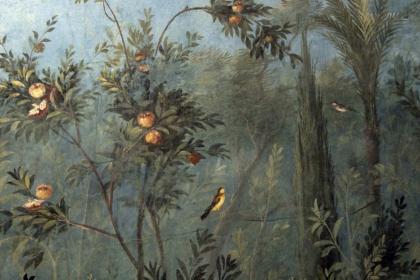
 Condividi
Condividi
Roman National Museum – Crypta Balbi
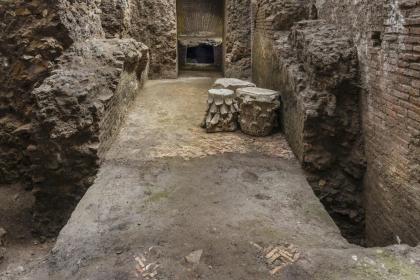
 Condividi
Condividi
Museo Nazionale Romano - Palazzo Altemps
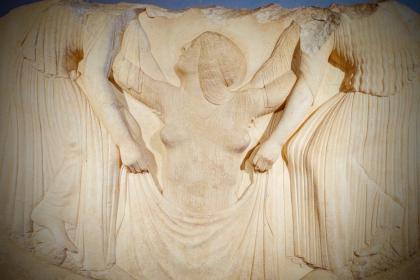
 Condividi
Condividi
The Basilica of Santa Maria degli Angeli e dei Martiri
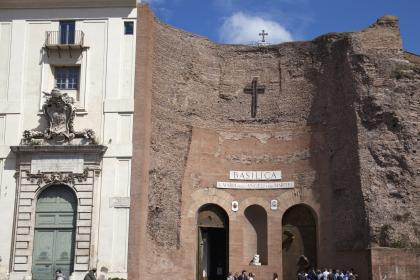
 Condividi
Condividi
Information
Last admission at 18.00
Closed on Monday
For updates and guidelines please check the official website.
 Condividi
Condividi
Location
To find out about all accessibility services, visit the Rome accessible section.












































